Black Punk Means Liberation
The present and future of Black punk culture.
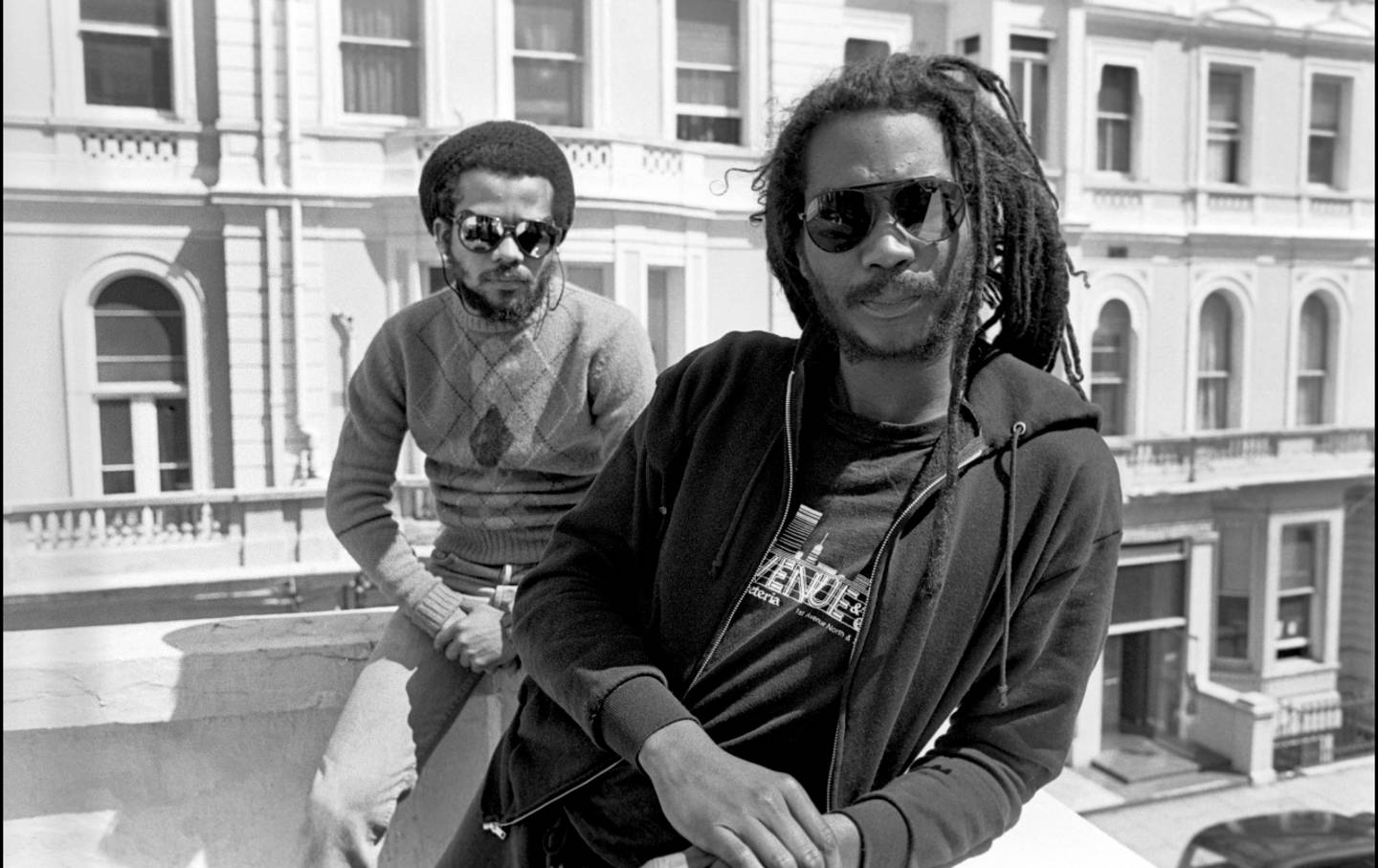
Probably no musical or cultural art form exists in a more contradictory space than punk. When firing on all cylinders, punk is the ultimate anti: Born out of lower- and middle-class white angst in the United States and the UK, punk at its core is about fighting social norms (small and large) and promoting individual expression. Now six decades old, the primarily youth-led form of resistance and counterculture has had numerous highs and lows, including real moments of political resonance, impact, and consciousness-raising. But it has also been diminished by its institutionalization: commercialized, put into museums, and sometimes reduced in relevance to a jingle for some crappy Big Pharma ad on TV.
For this very reason, punk remains a fragile experiment even today. Despite its often lofty aims, it is still subject to the stereotypes and prejudices that society heaps on other minority communities. These vulnerabilities are probed in a worthy new book, Black Punk Now, edited by the graphic novelist and filmmaker James Spooner and the writer Chris L. Terry. Featuring contemporary fiction, nonfiction, illustrations, and comics, Black Punk Now aims to document a lesser-known area of the community and to give punks—especially Black ones—a wider frame of reference for their shared tradition.
Spooner and Terry deserve kudos for their often thought-provoking and richly entertaining volume. But underlying their book, many unanswered questions remain. Few, if any, of the contributions engage with the rise of the far right in the United States, the attack on the US Capitol, police brutality and killings, the emergence of Black Lives Matter, the persistence of Donald Trump, or the continuing battle over abortion rights. Readers are left to wonder if contemporary punks are still raging in a world with so many political and social flash points.
I have been Black all my life, and punk for much of it. Punk subculture has been a part of my existence since I was a teen in the mid-1980s. Boston, my hometown, was an epicenter of the punk/hardcore and college/alternative music scene, and I was all in. The impact of the music, culture, art, and overall DIY ethic and ideology shaped—and still shapes—many aspects of how I view and interact in society. Punk’s radical anti-establishment politics was and remains the most fundamental and valuable part of the movement. The pioneers who believed in the ever-questioning ethos of punk helped me formulate much of the political, cultural, and social work that I do now.
The punk scenes in many major cities were white, male-dominated spaces that replicated the larger culture. But there also was a clear sense of marginalization, isolation, vulnerability, and fluidity that drew other social outcasts and oppressed populations together to create new families. From this shared discontent came a sense of solidarity that continues to influence our politics and social sensibilities. It also sharpened and honed a righteous sense of injustice and a desire to rectify it.
As a young Black punk, existing outside of the mainstream opened me to a new community, new politics, and a greater acceptance of myself. It was these qualities of being a punk that made me feel most at home within this alternative world. Very few subcultures—at least those that I was familiar with—were as vocal about class and class war, environmental justice, reproductive justice, anti-racism, animal rights, the questioning of politicians and mainstream politics, and personal responsibility. Top 40 radio, dependent on rich advertising alliances with Big Business, was certainly not exploring these issues… not with punk’s in-your-face vigor.
Punk, at its best, is not a lifestyle but a life. Not a perfect one, of course, but one that incorporates myriad elements (including music) into a cultural phenomenon that allows for and, in fact, demands the free expression that shatters many preconceived stereotypes and prejudices. This imperative operated in cities across America in the past and came to generally define punk globally. As Dag Nasty, a Washington, D.C., punk band, hollered: “I know I can / I know I will / I know I know what I have to do.” Punk was and remains an obligation.
Black Punk Now is definitively about the present: It is not just about Black punks from the past, but those around today as well. They are here, the book declares, and they want to be heard. Black Punk Now presents a hodgepodge of thoughts, ideas, and angst that runs the gamut in form and content and, as a result, will appeal to a variety of punk and mainstream readers. Although, for some, this might be a weakness of the book, isn’t punk all about variety? As I wrote in my introduction to Craig O’Hara’s 1999 book, The Philosophy of Punk: More Than Noise: “The major problem with trying to explain punk is that it is not something that fits neatly into a box or categories. Not surprising as punk had made the explicit aim of trying to destroy all boxes and labels…. Punk and punk music cannot be pigeonholed to some spiked-haired white male wearing a leather jacket with a thousand metal spikes listening to music real loud.”
Spooner and Terry refuse to pigeonhole punk because they are so familiar with its more diverse and multicultural elements. Spooner, who directed and coproduced the groundbreaking and eye-opening 2003 documentary film Afro-Punk, has long been interested in the contradictory and multifarious nature of punk identity. As Terry says, “A goal of Black Punk Now is to give punks—especially the Black ones—a wider frame of reference; to show all of the strains, styles, and identities of Black punk that are thriving; and give newcomers to the scene more chances to see themselves.”
One of the more illuminating chapters in Black Punk Now asks, “What adjectives would you use to describe Black punk?” The answers from femme organizers of new Black and brown punk festivals reflect a continued awareness that defining yourself is key. Courtney Long, from #BLKGRLSWURLD: “Oh, I would say magical. I just think it’s cool; all the different ideas people come up with when there’s no boundaries. When there’s no box.” Monika Estrella Negra, from the Black and Brown Punk Collective: “Transformative. Black punks have been the blueprint for fusing music and art with political praxis.” Stephanie Phillips, from Decolonise Fest: “Revolutionary. Growing up as a Black girl in the UK, society’s idea for you and what you should be is very limited. And punk in itself is something where you can be whatever you want to be and break free from any constraints.”
While mainstream culture often sees punk as primarily a musical phenomenon, Black Punk Now is careful to show not only the varieties of punk identity but also its genres and modes of expression. Black Punk Now is not just a book about music; it is about how punk as a subculture, and Black punk as a subculture within a subculture, can be an incubator for radical ideas and forms of expression of which music is only one small (though loud) sliver. “Being Black and punk challenges the idea of what people think ‘Black’ is supposed to be…and that is soooooo punk!” writes Bobby Hackney Jr. in his contribution to the book, which discusses his family legacy of punk. It is also a reminder of how African Americans have been involved in the history of rock and roll since its inception but have seldom been acknowledged for their breakthroughs and contributions to the art form.
Hackney’s father and uncles were the founding members of Death, the seminal proto-punk band from Detroit. Death was boldly ahead of its time: Imagine Black punkers competing in the age of Motown with its smooth moves, supple lyrics, and cool threads. The band was formed several years before the amazingly influential all-Black punk/hardcore group Bad Brains roared out of Washington, D.C., and New York.
Popular
“swipe left below to view more authors”Swipe →But Death also sits squarely within the larger history of Black punk. Through the band, one can appreciate the acts of punk resistance that followed, but also the brazen resistance of its own work. Hackney writes that
if you’re doing something that other people don’t understand and you still decide to do it, that’s punk to me. My dad and uncles did this thing that they thought was awesome. A lot of people around them didn’t think it was awesome, but they still did it anyway. They created something out of nothing and found a way to make things happen on their own.
Many of the other contributions to Black Punk Now also examine the themes of striking out on one’s own—of self-mastery and radical acts of creative expression. Some of the contributions also explore how American society as a whole was often not prepared for Black punk culture, let alone punk culture writ large. In a short piece of fiction by Monika Estrella Negra, we are presented with the story of a young Black punk queer woman who leaves Chicago and moves into a gentrifying neighborhood in West Philadelphia. Guilt and displacement, as much as creativity and liberation, are major elements of the story, which sees its main character, Mya, struggle with her identities as Black, punk, and a recent Midwestern transplant now living in a traditional Black community inundated with young white punks, extensive recreational drug use, and hipster outsiders. After drinking at a traditional neighborhood dive frequented by longtime residents, Mya stumbles onto those that are now frequented by new and mostly white punk arrivals. Neither feels entirely like her home or community. “The alienation of being a Black queer woman in a subculture that would never understand her” would come to haunt Mya, Negra writes. “A circle that would treat her presence as a token accessory to cover their insecurity. A privilege that they tried to escape. Expendable. Exotic.”
But even when Black punks struggle to find their place within both the punk and Black communities, their determination to juggle a juxtaposition of identities and loyalties only makes them all that more punk. As Joanna Davis-McElligatt writes in her contribution: “Black punk means liberation, it means doing things for myself, it means family, it means joy, it means healthy rage, it means radical self-acceptance. Black people plus punk rock equals me.”
Disobey authoritarians, support The Nation
Over the past year you’ve read Nation writers like Elie Mystal, Kaveh Akbar, John Nichols, Joan Walsh, Bryce Covert, Dave Zirin, Jeet Heer, Michael T. Klare, Katha Pollitt, Amy Littlefield, Gregg Gonsalves, and Sasha Abramsky take on the Trump family’s corruption, set the record straight about Robert F. Kennedy Jr.’s catastrophic Make America Healthy Again movement, survey the fallout and human cost of the DOGE wrecking ball, anticipate the Supreme Court’s dangerous antidemocratic rulings, and amplify successful tactics of resistance on the streets and in Congress.
We publish these stories because when members of our communities are being abducted, household debt is climbing, and AI data centers are causing water and electricity shortages, we have a duty as journalists to do all we can to inform the public.
In 2026, our aim is to do more than ever before—but we need your support to make that happen.
Through December 31, a generous donor will match all donations up to $75,000. That means that your contribution will be doubled, dollar for dollar. If we hit the full match, we’ll be starting 2026 with $150,000 to invest in the stories that impact real people’s lives—the kinds of stories that billionaire-owned, corporate-backed outlets aren’t covering.
With your support, our team will publish major stories that the president and his allies won’t want you to read. We’ll cover the emerging military-tech industrial complex and matters of war, peace, and surveillance, as well as the affordability crisis, hunger, housing, healthcare, the environment, attacks on reproductive rights, and much more. At the same time, we’ll imagine alternatives to Trumpian rule and uplift efforts to create a better world, here and now.
While your gift has twice the impact, I’m asking you to support The Nation with a donation today. You’ll empower the journalists, editors, and fact-checkers best equipped to hold this authoritarian administration to account.
I hope you won’t miss this moment—donate to The Nation today.
Onward,
Katrina vanden Heuvel
Editor and publisher, The Nation
More from The Nation

The Best Albums of 2025 The Best Albums of 2025
From Mavis Staples to the Kronos Quartet—these are our music critic’s favorite works from this year.

Forrest Gander’s Desert Phenomenology Forrest Gander’s Desert Phenomenology
His poems bridge the gap between nature’s wild expanse and the private space of one’s imagination.
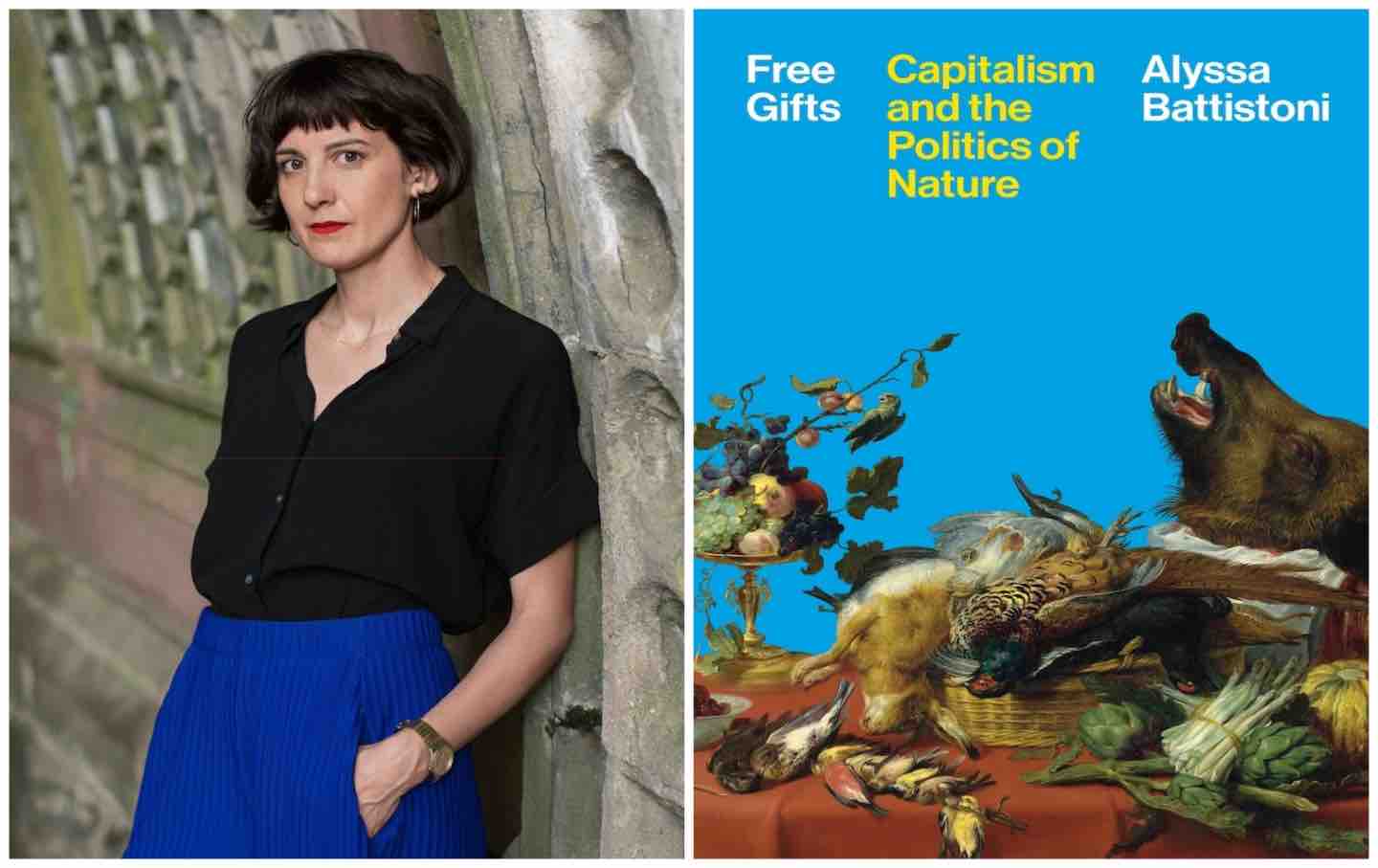
Capitalism’s Toxic Nature Capitalism’s Toxic Nature
A conversation with Alyssa Battistoni about the essential and contradictory nature of capitalism to the environment and her new book Free Gifts: Capitalism and the Politics of Nat...
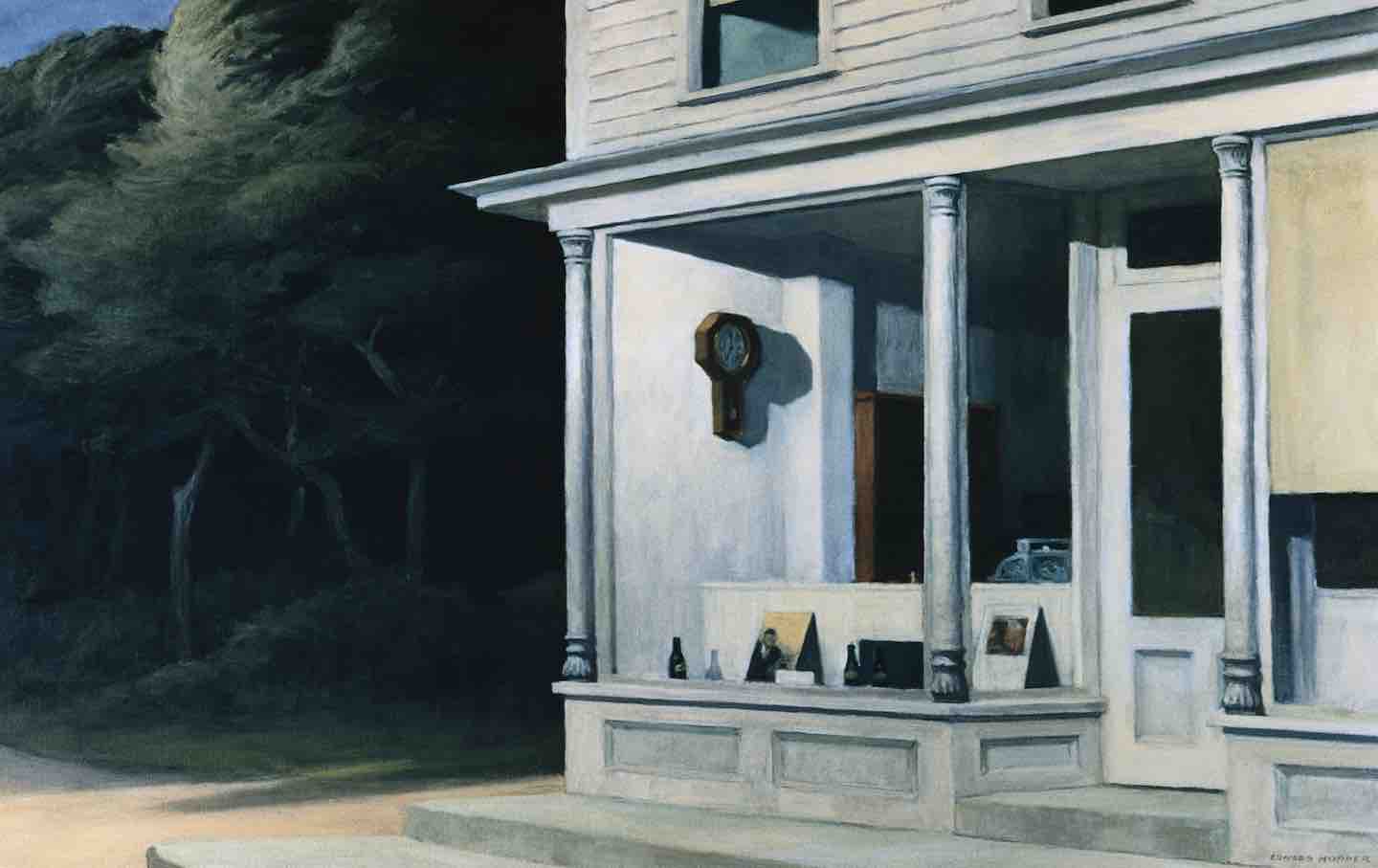
Solvej Balle and the Tyranny of Time Solvej Balle and the Tyranny of Time
The Danish novelist’s septology, On the Calculation of Volume, asks what fiction can explore when you remove one of its key characteristics—the idea of time itself.
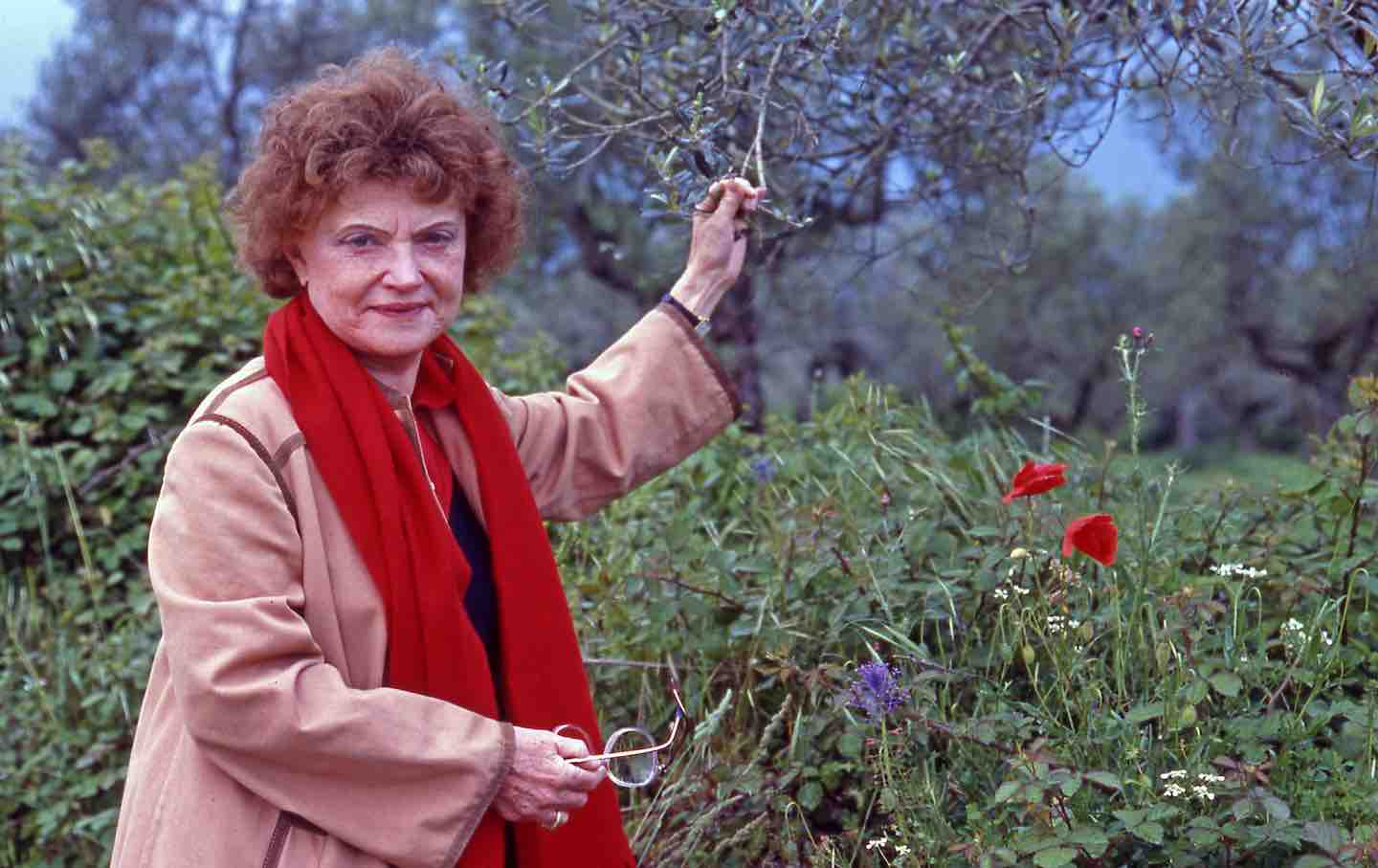
Muriel Spark’s Magnetic Pull Muriel Spark’s Magnetic Pull
What made the Scottish novelist’s antic novels so appealing?
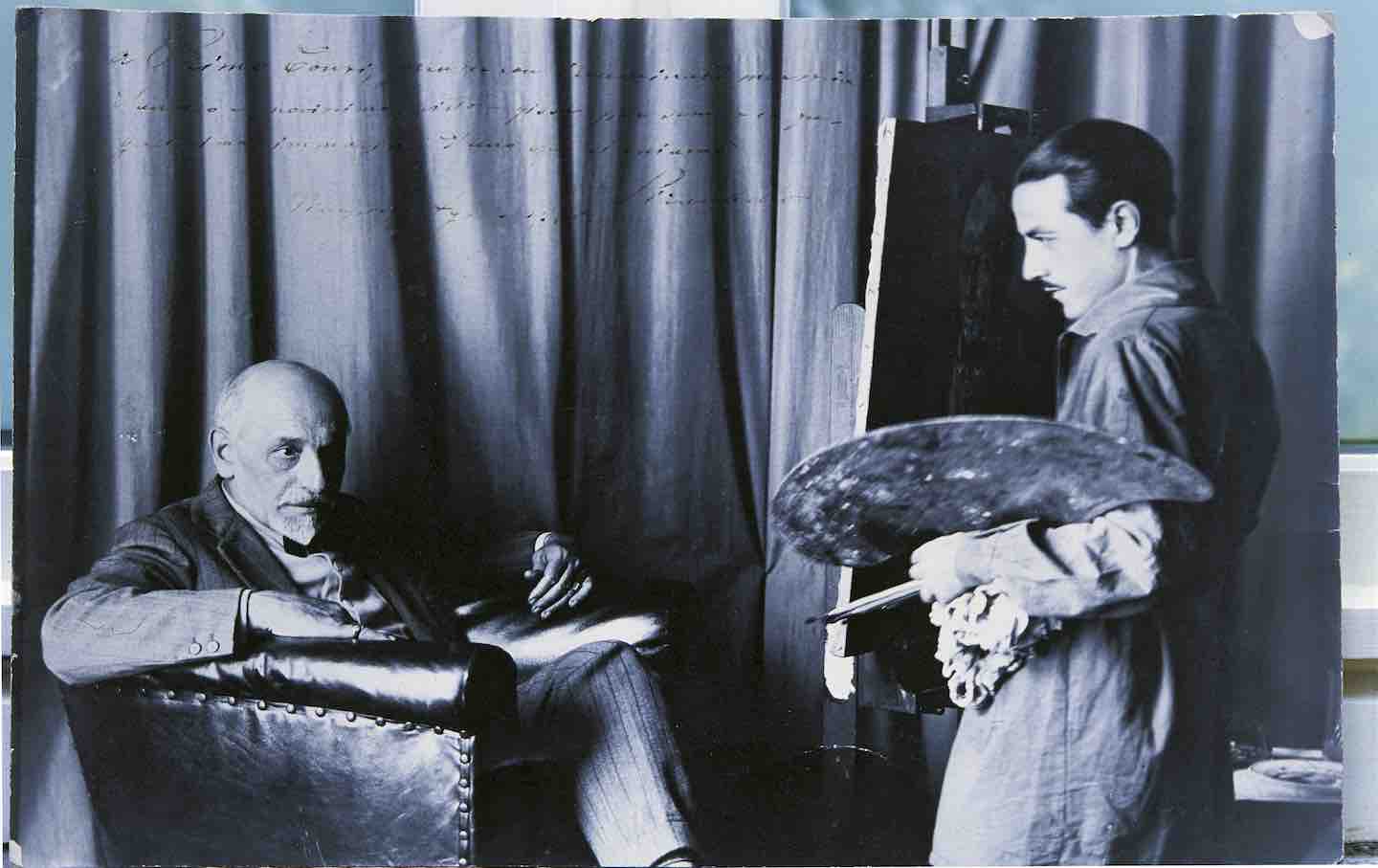
Luigi Pirandello’s Broken Men Luigi Pirandello’s Broken Men
The Nobel Prize-winning writer was once seen as Italy’s great man of letters. Why was he forgotten?


